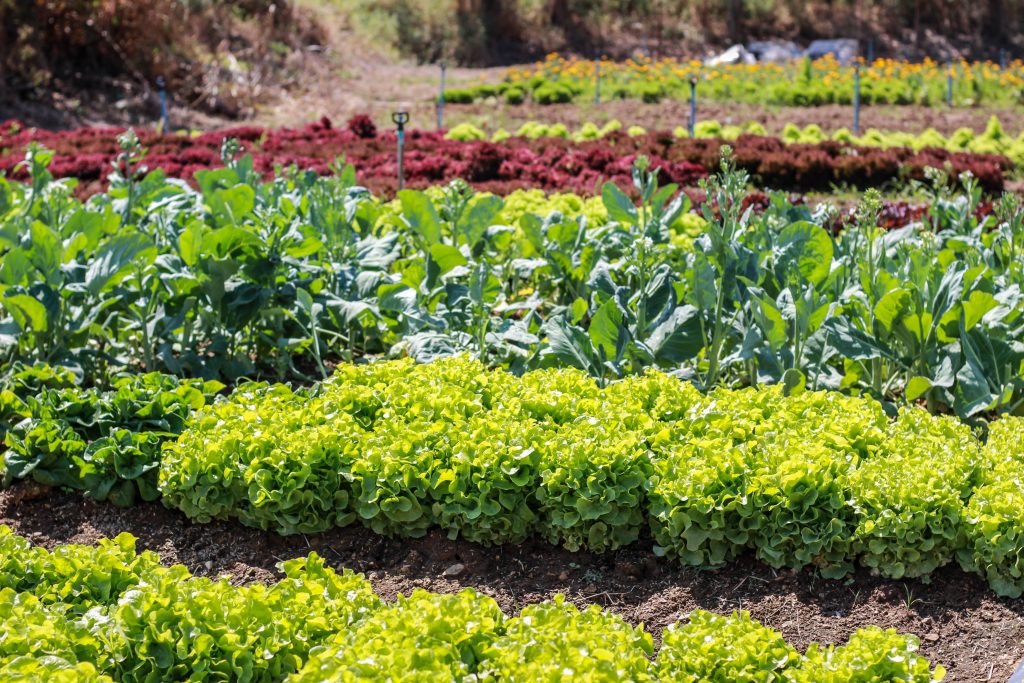| Jagathi Kamalakanthan, agronomist NCDA&CS Agronomic Services Division 919-733-2655 |

RALEIGH — Gardening can provide much needed physical activity and emotional well being to balance the effects of social distancing associated with the COVID -19 pandemic. Many people turn to their lawns and gardens to relieve stress and enjoy nature. If you are working in your yard, following are some helpful agronomic tips for best results.
Nitrogen is the nutrient most in demand by all plants, but its application rate is not based on a soil test. That is because nitrogen is very unstable in soils given the precipitation and varied climate of North Carolina, making soil testing to determine levels for a growing season unreliable.
“Typically, from growing season to growing season, the nitrogen available for plant growth will generally be low,” said agronomist, Jagathi Kamalakanthan. “For that reason, it is important to replenish nitrogen levels in each growing season.”
NCDA&CS fertilizer recommendations will provide a fertilizer grade or analysis to supply nitrogen plus additional phosphorus or potassium based on soil test results if needed. In general, most plants will benefit from 1 pound of nitrogen per 1,000 square feet, except for centipede grass where only a half-pound per 1,000 square feet is recommended.
Every bag of fertilizer has three numbers such as 10-10-10 or 21-0-0. The first number represents nitrogen (N); the second number represents phosphorus as phosphate (P2O5); and the third number represents potassium as potash (K2O). Each of these numbers is a percent on a weight basis. For example, 100 pounds of 10-10-10 N-P-K fertilizer has 10 pounds each of nitrogen, phosphate and potash.
A nitrogen application is usually timed at the beginning of the growth cycle for plants and some plants require more nitrogen than others during the growing season. For example, Bermuda turf grass needs 1 pound of nitrogen per 1,000 square feet, in the months of May, June and September. In contrast, centipede requires a very low nitrogen rate of a half-pound of nitrogen per 1,000 square feet, only in mid to late May. Vegetable and flower gardens usually do well with 1 pound of nitrogen per 1,000 square feet applied at planting or soon afterward. “Some vegetables, such as sweet corn, may require additional nitrogen during the growing season,” Kamalakanthan said.
Nitrogen in appropriate amounts and at the correct time are good for plant growth; however, applying nitrogen amounts beyond plant needs can do harm.
“Too much nitrogen encourages excessive vegetative growth and may delay the onset of flowering and fruit production, plus excess nitrogen may pollute our ground and surface waters,” Kamalakanthan said. “Additionally, very lush plant tissue may be more susceptible to disease or insect damage. Winterkill of warm-season grasses may also be more prevalent since extra nitrogen may promote growth and delay dormancy. Fertilizer burn from excess soluble fertilizer is another concern.”
Use nitrogen correctly and it will promote healthy green plants for your enjoyment. For more information on fertilizers, refer to this link. Contact us at 919-733-2655 if you have questions or need more information.









